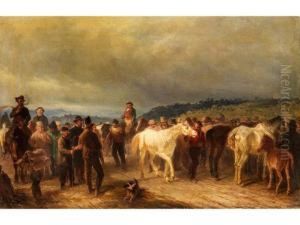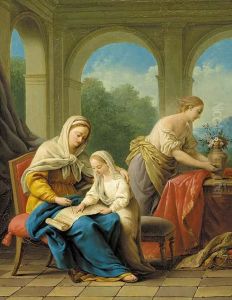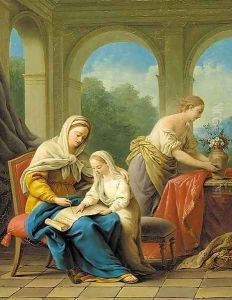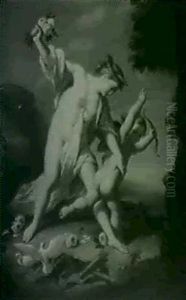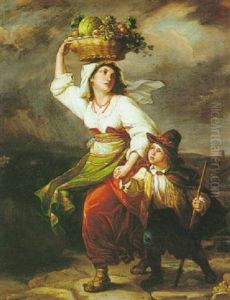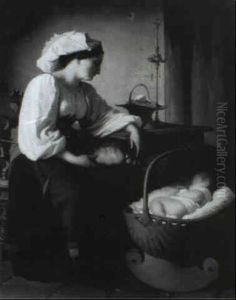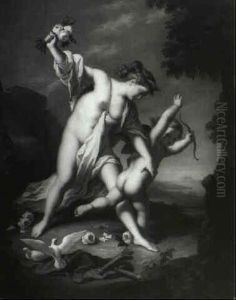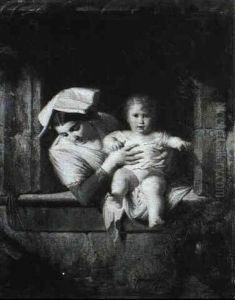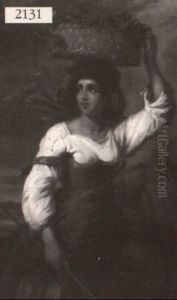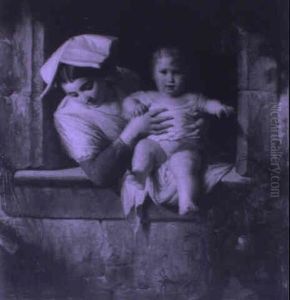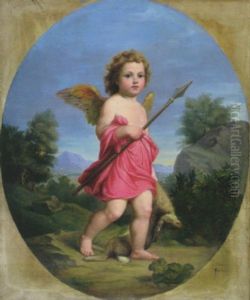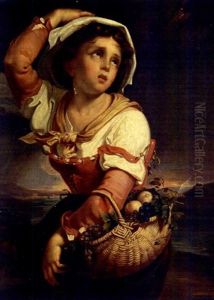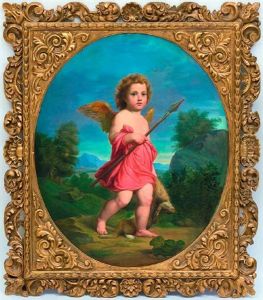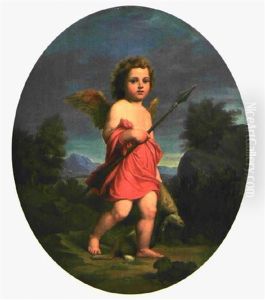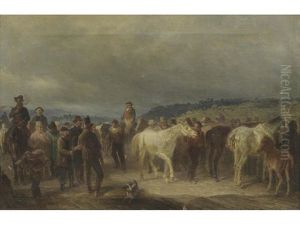Giuseppe Mazzola Paintings
Giuseppe Mazzola, born in 1644 and deceased in 1709, was an Italian painter of the Baroque period, whose work, though not as widely recognized as that of his more famous contemporaries, contributed significantly to the artistic landscape of his time. Originating from the region of Genoa, Mazzola's career was primarily anchored in the rich cultural and artistic traditions of Italy, a country renowned for its contributions to the development of Western art. His life spanned the latter half of the 17th century and the early years of the 18th century, a period characterized by dramatic expressions and grandeur in art, which are hallmark features of the Baroque style.
Mazzola's body of work, while it encompasses the Baroque's distinct characteristics of vivid expressions, dynamic compositions, and dramatic uses of light and shadow, also exhibits a unique personal style that distinguishes his paintings from those of his contemporaries. He was particularly known for his religious compositions, which were imbued with a sense of devotion and emotional depth. These works not only served the spiritual needs of his patrons but also reflected the broader cultural and religious context of his time, illustrating stories and figures from the Christian faith with a profound sense of realism and humanity.
Despite the lack of extensive documentation on his life, it is evident from the surviving works and records that Mazzola was an artist deeply engaged with the artistic community of his time. He was likely involved in the vibrant artistic exchanges that took place in Genoa and possibly other Italian cities, contributing to and being influenced by the major artistic developments of the period.
The legacy of Giuseppe Mazzola, though perhaps overshadowed by the luminaries of the Baroque period, remains an important facet of the era's artistic heritage. His paintings continue to be studied and appreciated for their emotional depth, technical skill, and the unique perspective they offer on the Baroque period's complex artistic and cultural narratives. Through his contributions, Mazzola has secured a place within the rich tapestry of Italian art history, offering insights into the diversity of artistic expressions that flourished in Italy during the 17th and early 18th centuries.
